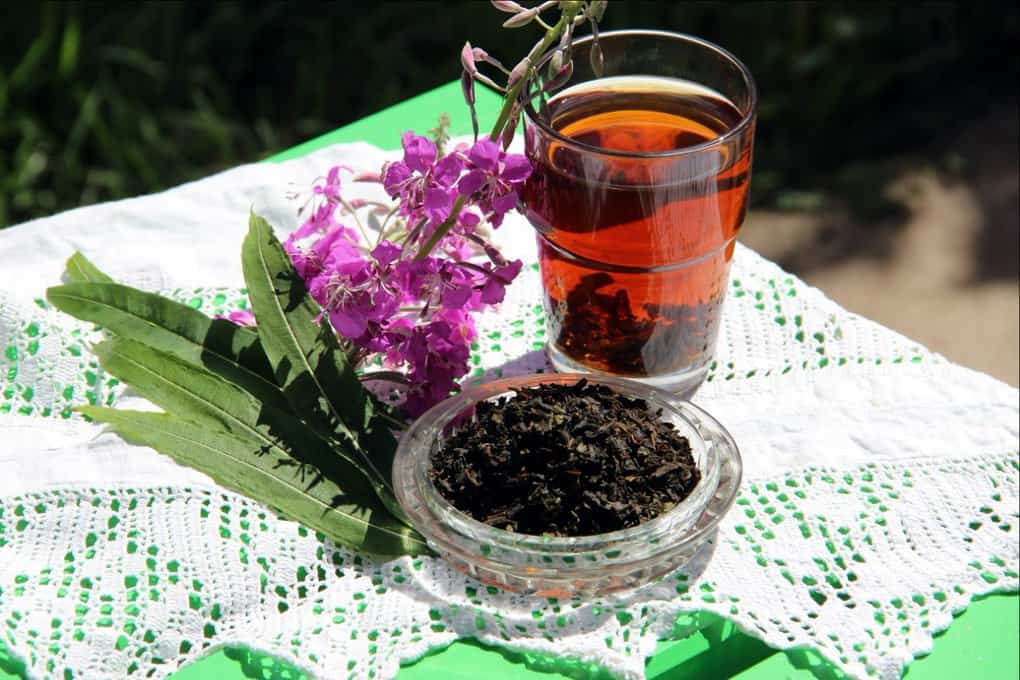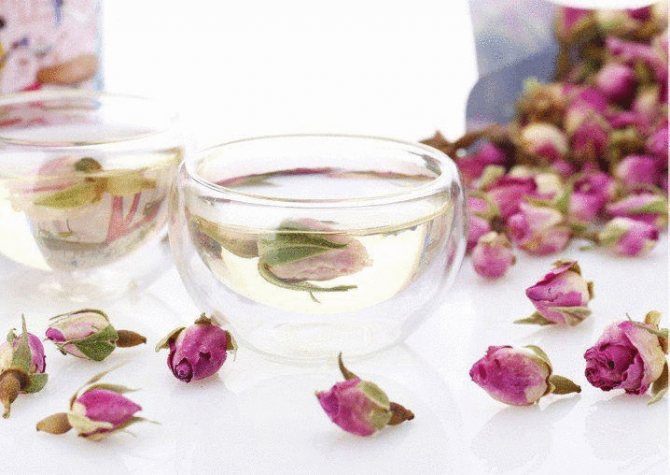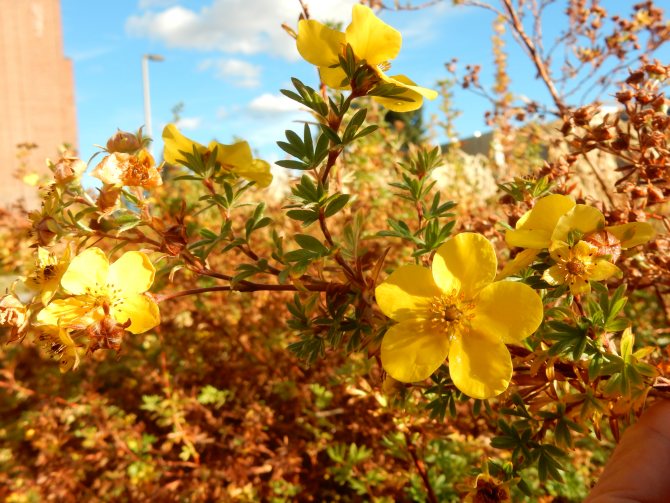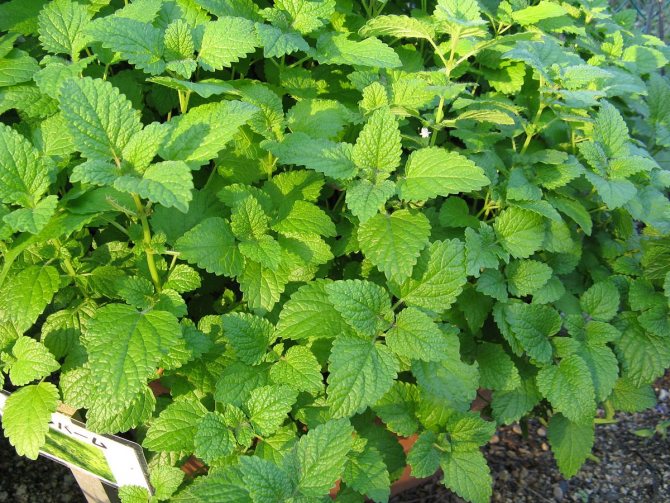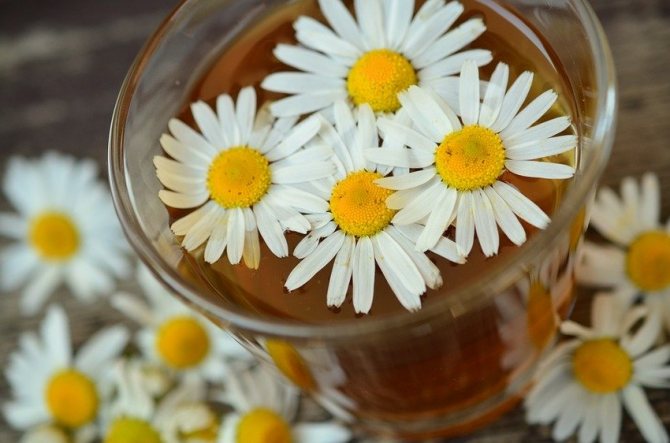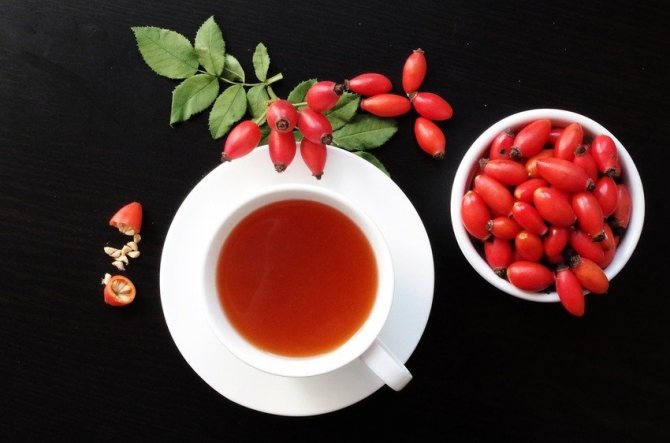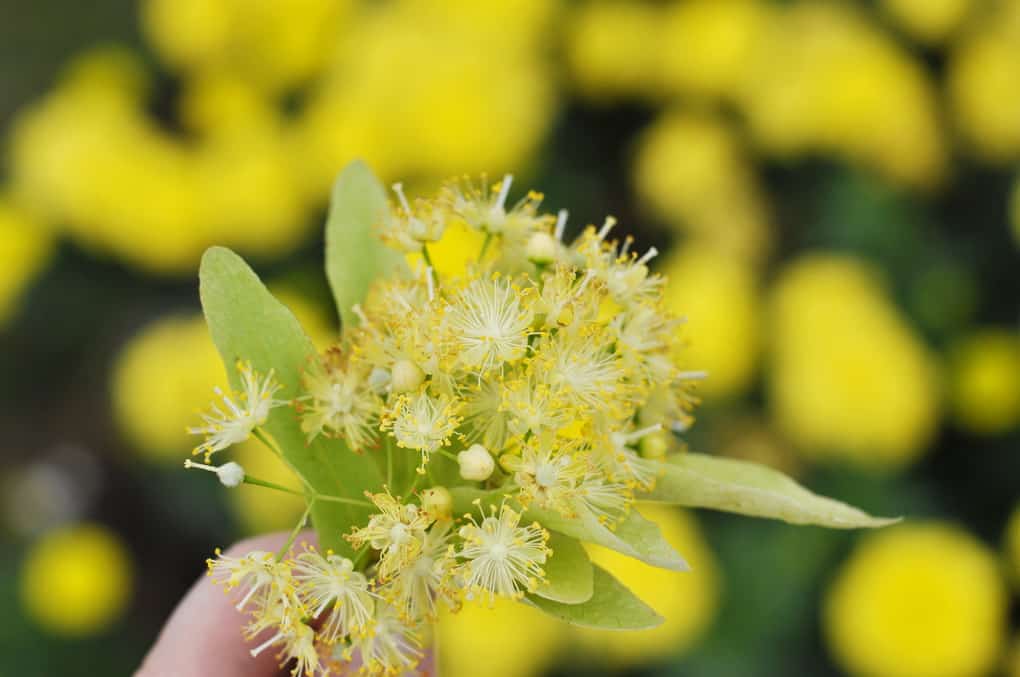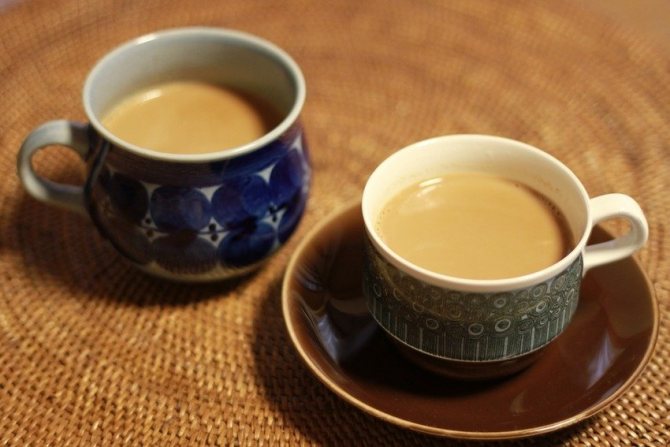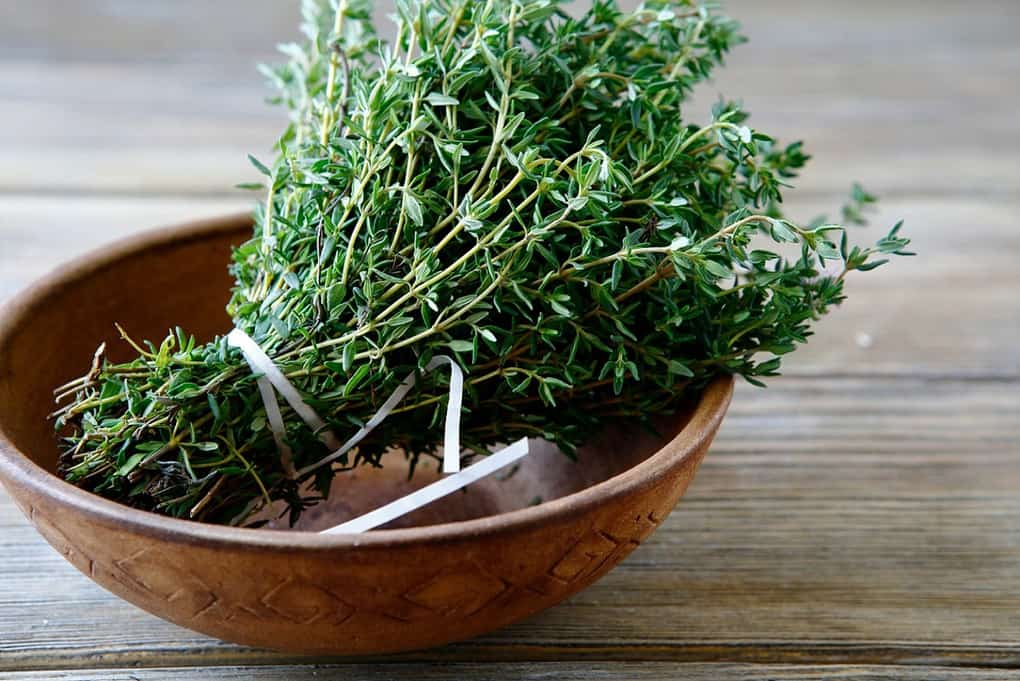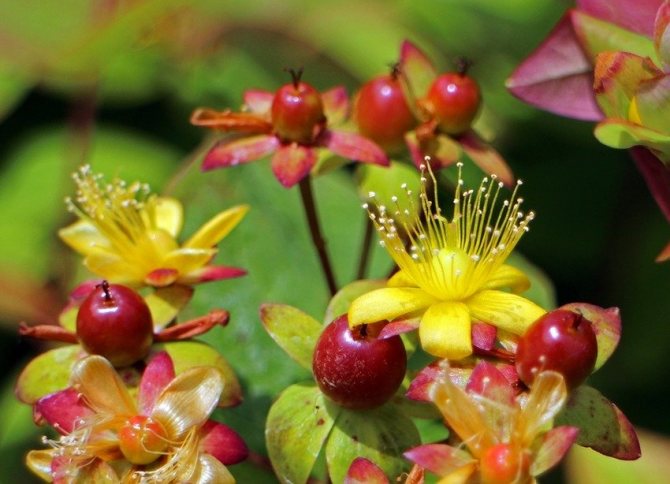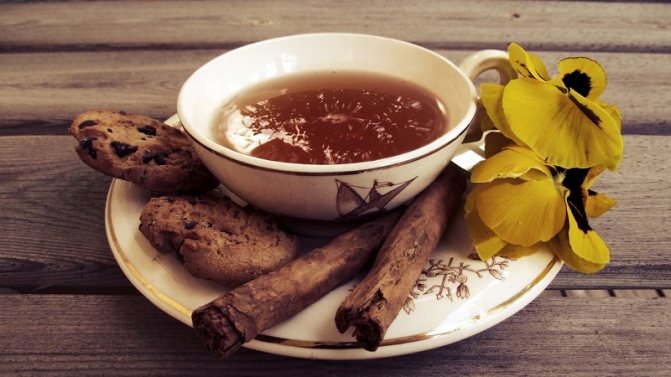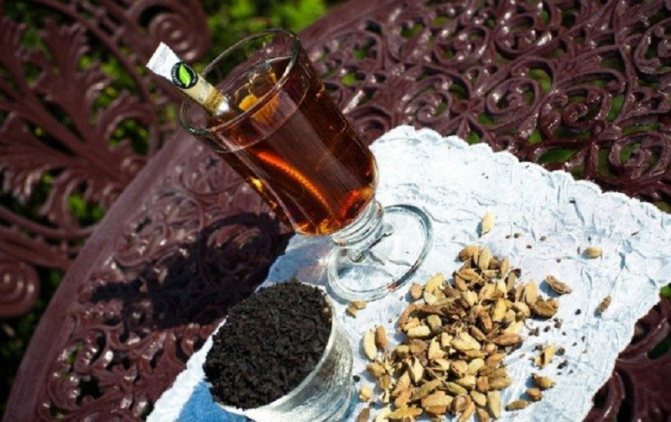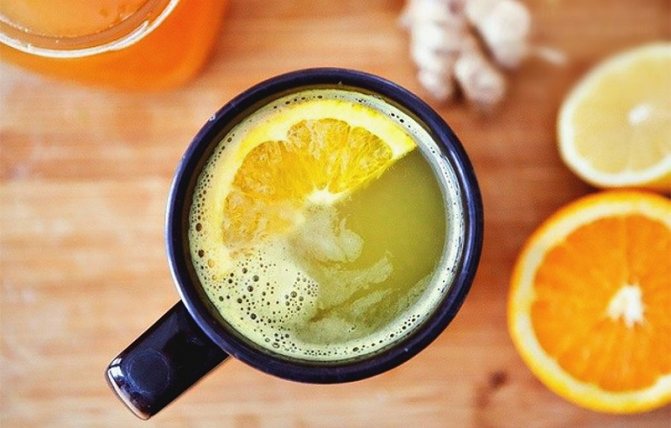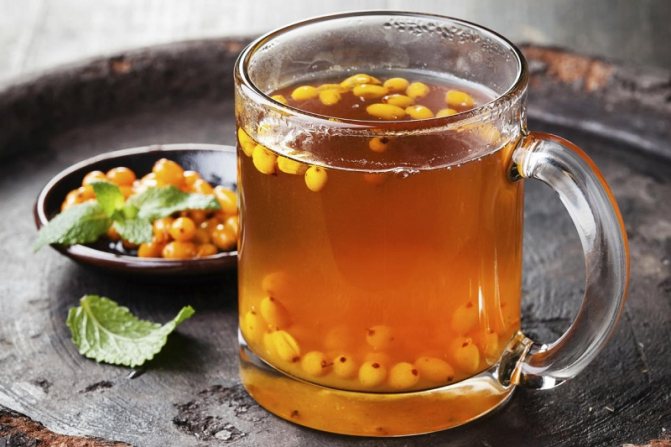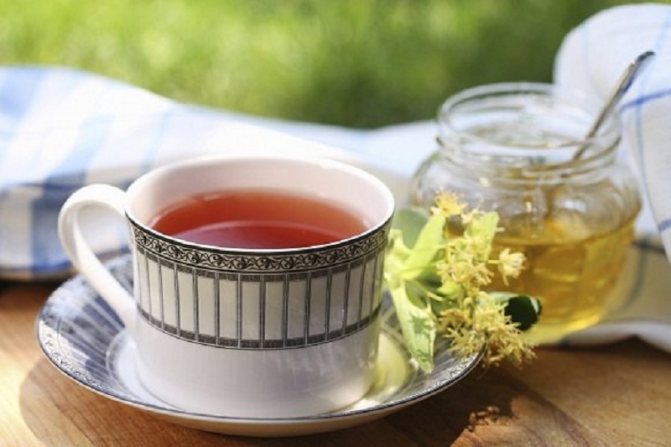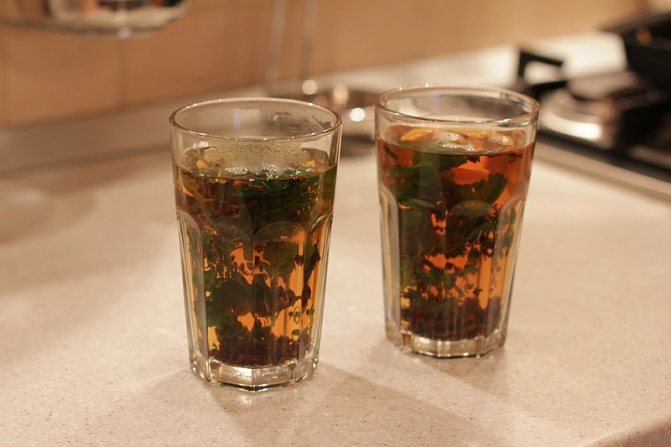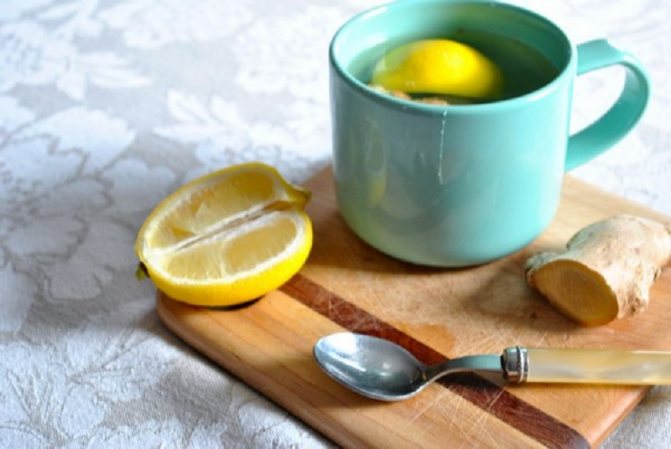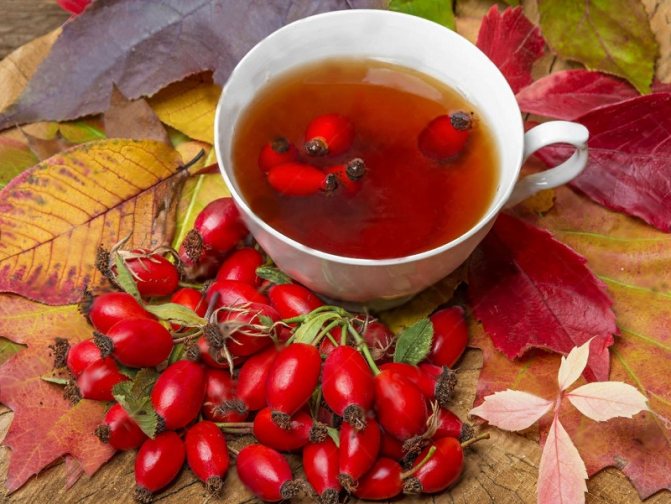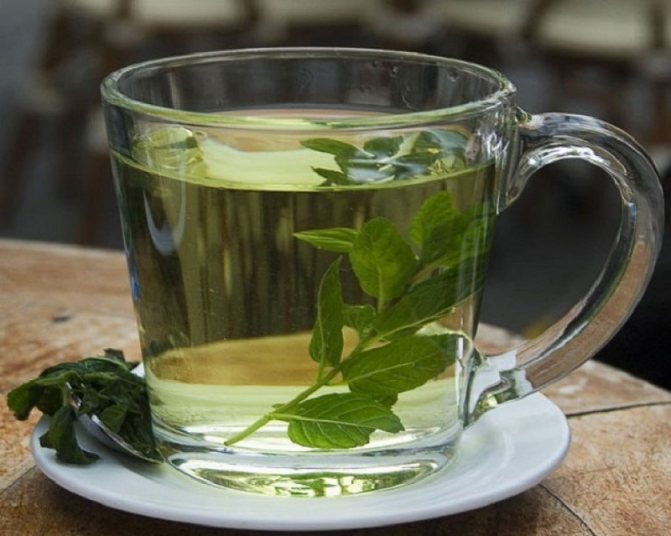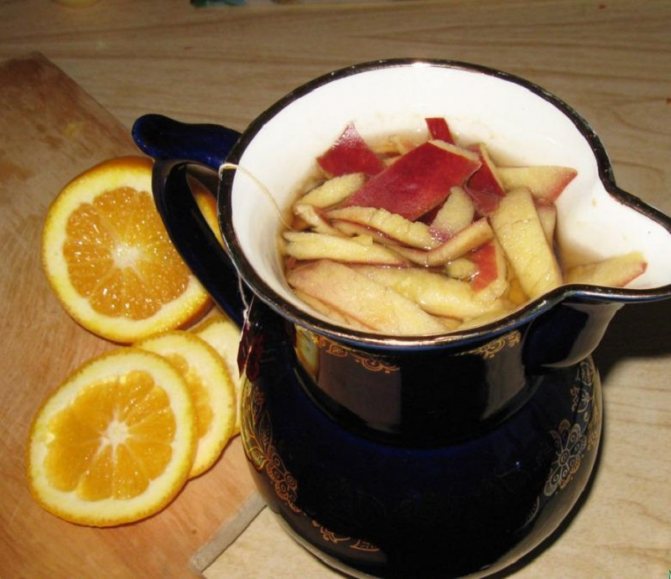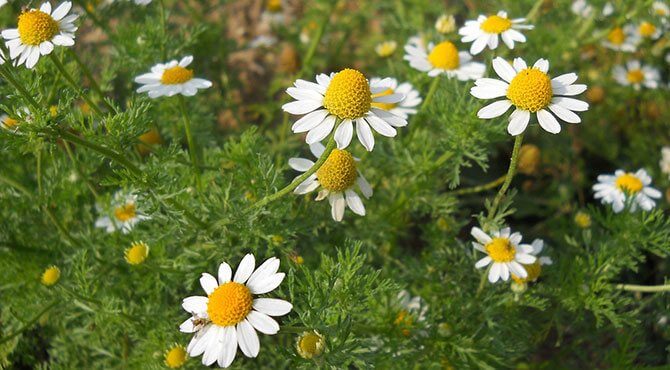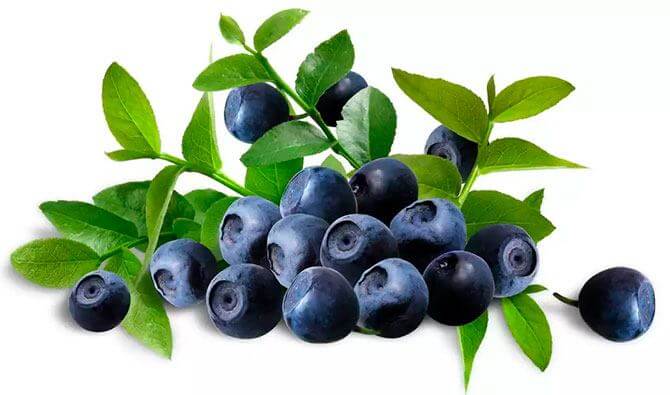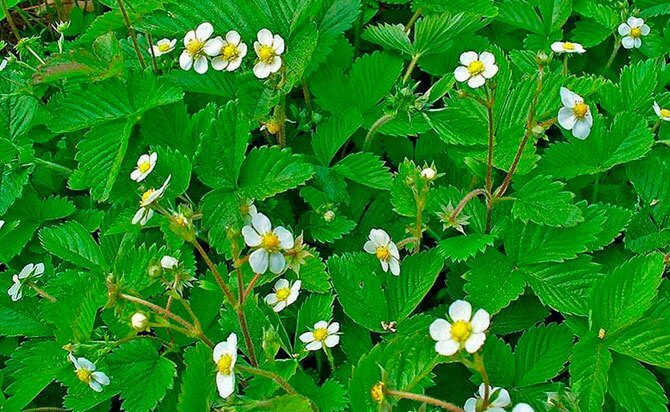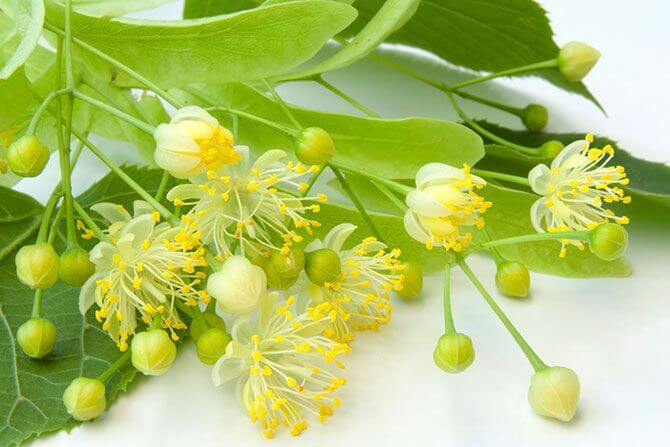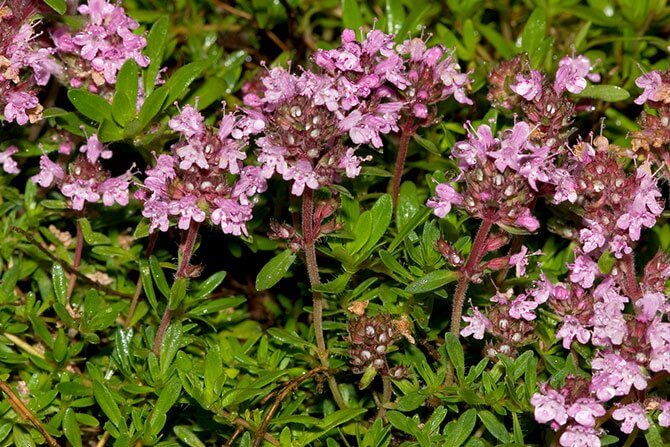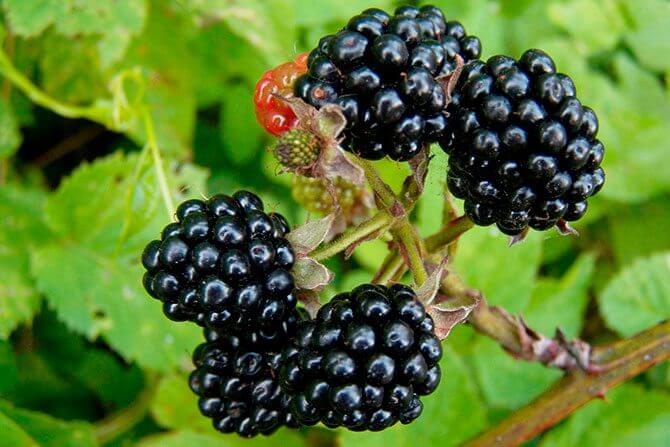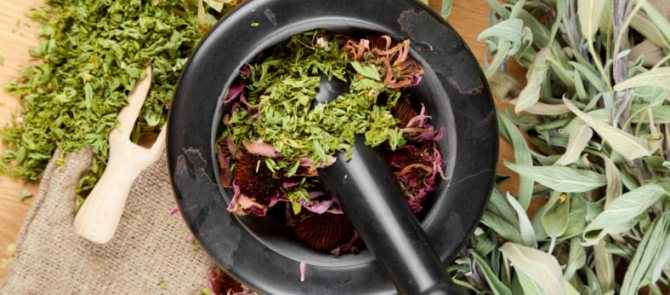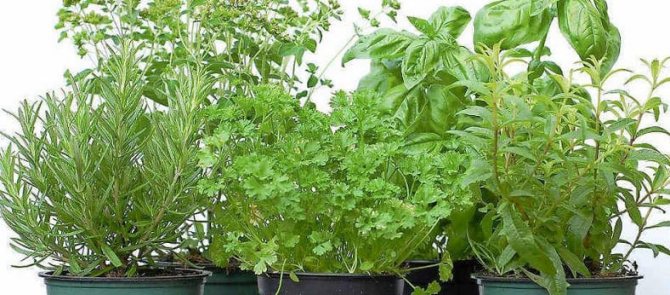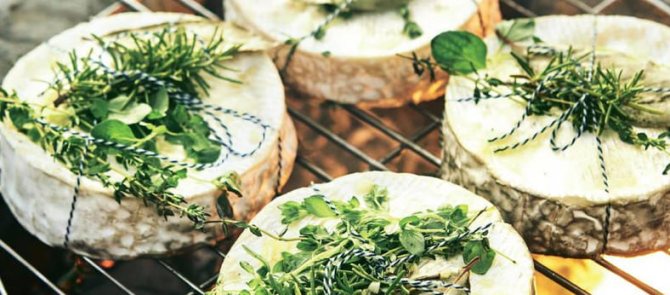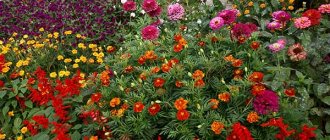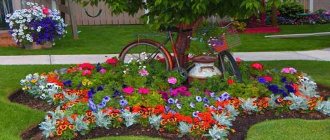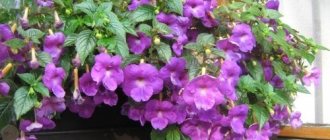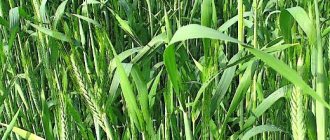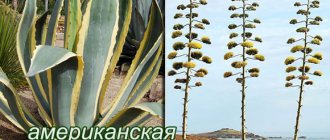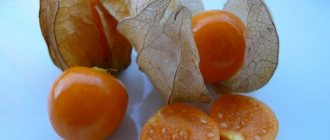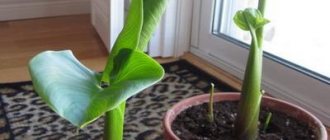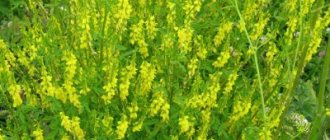Tea is a drink obtained by brewing leaves of a tea bush or any other specially prepared plant material (herbal, fruit, with the addition of dried berries). Tea was first used as a medicine in China, and much later just as a drink.
During the reign of the Song dynasty, leafy and powdered teas began to be drunk, and tea drinking gradually turned into a solemn ceremony with a number of prescribed actions and acquired the name Song Tea Ceremony. Later, the tradition of brewing tea in a special way migrated to Japan, where it was supplemented by truly Japanese customs.
At the moment, the amount of tea on store shelves is striking in the variety of varieties, herbal and fruit and berry additives. But any summer resident will confirm that the purchased one cannot be compared with freshly plucked leaves of currant, raspberry, mint or lemon balm. These herbs and shrub leaves can be brewed either independently or added to the finished brew. The herbs that grow in the garden can be used to prepare medicinal and delicious drinks that help restore strength, soothe or invigorate.
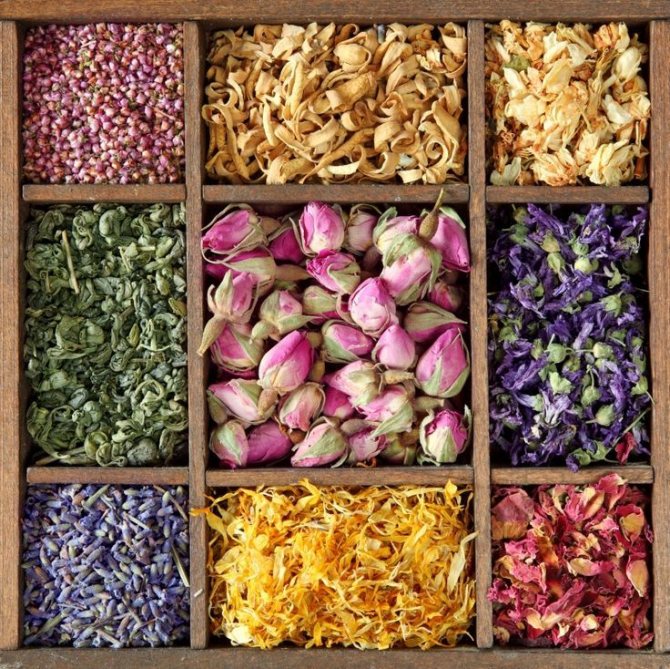
Tea herbs
Variety of room tea
Former representatives of the genus Tea (Thea) are included in the large genus Camellia (Camellia) and represent the family of the same name Tea (Theaceae) together with 22 genera of related plants.
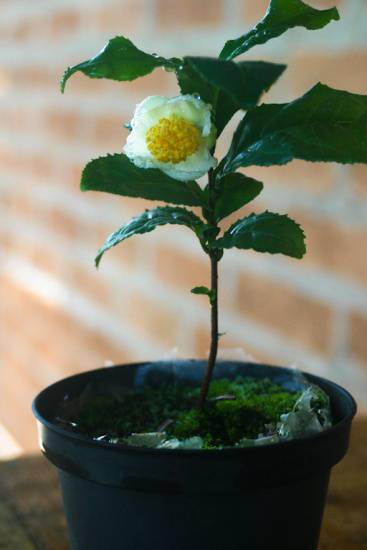
Former representatives of the genus Tea (Thea) are included in the large genus Camellia (Camellia)
Teas are striking in their variety. Their genus includes more than three hundred varieties of plants. As for indoor plants, they cannot boast of variety. In pots, they grow exclusively Chinese camellia or Chinese tea, as well as its various forms, hybrids and varieties, each of which has individual taste.
When choosing a tea that will show off in a pot on a windowsill, you need to focus on your taste preferences. It will not be easy to decide, because the varieties and varieties include the most famous options - from classic Yunnan to Assam, Shan, Ceylon tea.
Overview of herbs to collect
In the garden and in the wild, there are many herbs that can be used as tea herbs, making up various collections from them that help with colds and other diseases.
In addition to the aforementioned currant and raspberry bushes, to compose a tea collection from herbs with your own hands, you can grow:
- mint or lemon balm;
- oregano;
- pharmacy chamomile;
- sage;
- echinacea.
Of the wild, tansy and wormwood, and willow-tea are noted. Many other varieties can be added to this list.
Important! All tea herbs are medicinal plants. They need to be collected in the forest in a clean area, away from railways and highways.
Herbal teas are used:
- to enhance immunity;
- with colds;
- with kidney disease;
- to normalize hormonal levels;
- to strengthen the nervous system;
- to stimulate the work of the heart muscle;
- to reduce blood sugar.
And in many other cases.
Conditions for growing indoor tea bushes
Tea bushes need proper conditions. If they are not provided with everything they need, there can be no talk of any full-fledged growth. It is not easy for them to find the right temperature regime.Moreover, it is not always possible to satisfy their need for fresh air and lighting.
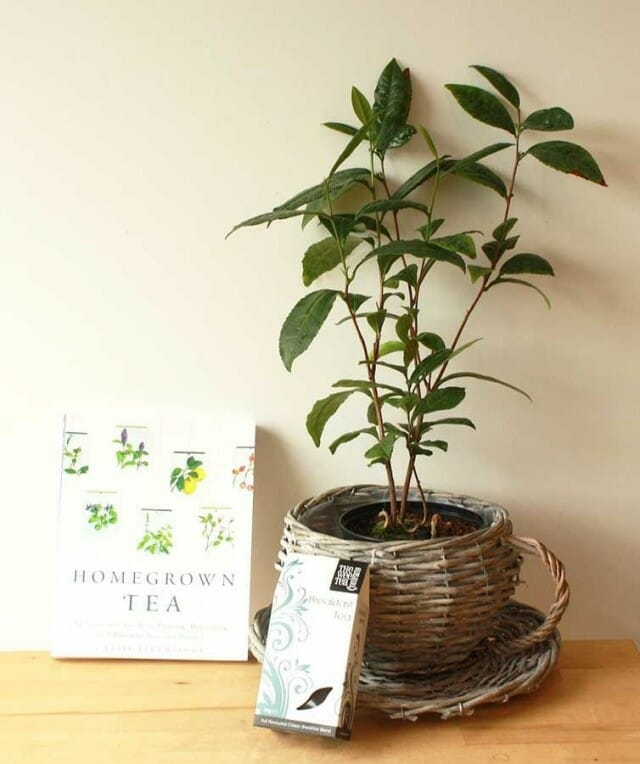

Tea bushes need appropriate conditions
Lighting and placement
Tea is considered a shade-tolerant culture, so it can be placed not only on the windowsills, but also inside the room. The main thing is that it is not too shaded. For example, Chinese camellia will feel good on the east or west windowsill. The bush reacts negatively to direct sunlight.
Tea bushes are light-dependent. They need to be rotated from time to time in relation to the light source. During budding and flowering, rearrangement and rotation will cause the bush to actively shed its buds.
Chamomile
Chamomile is actively used in homeopathy and cosmetology. All kinds of healing infusions, decoctions, oils are prepared from it.
Chamomile tea has a specific bitter taste. It is a simple, affordable and effective remedy for the prevention and treatment of many diseases. Useful properties of chamomile:
- improves the functioning of the pancreas;
- reduces increased gas production in the intestines;
- has antimicrobial and antifungal properties;
- restores vitality;
- restores intestinal microflora;
- serves as a powerful cancer prevention tool.
Drinking abuse can cause nausea, vomiting, headaches, and allergic reactions.
Chamomile tea is not recommended for pregnant women and hypotensive patients.
Temperature control and ventilation
The difficulty of growing this plant at home is that it needs a cool winter. Ideal conditions in winter are temperatures from +8 to +12 degrees. However, the plant can survive the winter in indoor conditions. In this case, you will have to do everything so that the air humidity is higher. It is also necessary to provide the plant with appropriate care.
When Chinese camellia begins to grow actively, normal room temperatures are suitable for it. However, it is imperative to ensure that they do not exceed the 25 degree mark. If the room is hot, the plant will begin to dry out, wither, its leaves will lose their original bright shade.
In a warm season, it is recommended to take the pot with a tea bush to fresh air. An ideal place would be a balcony, a terrace, a room that is ventilated on an ongoing basis. It can also be placed outdoors in your garden area. It is necessary to take the plant out to the garden only after the temperature at night reaches + 13 ... + 15 degrees. On warm days, it can be taken out earlier, but taken at night to protect it from the cold.
Oregano
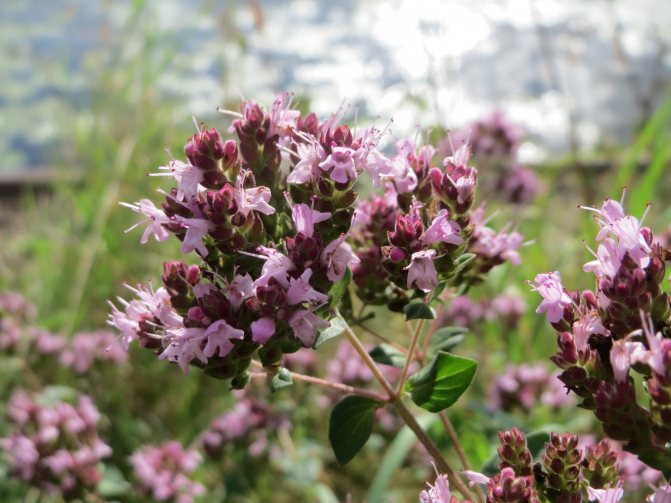

Oregano or Oregano. Origanum vulgare
Oregano or Oregano (Latin name Origanum vulgare). Perennial herb up to 60 centimeters tall. The upper part of the plant is harvested in July-August. Contraindicated in pregnant women. Oregano is propagated by seeds and division of rhizomes. Seeds are sown in early spring. Wild oregano rhizomes can be transplanted into the garden. You can buy seeds by following this link.
Tea care at home
Taking care of a tea bush involves some difficulties. The thing is that he needs constant attention. It is necessary to observe the plant and immediately take action if there are any deviations. The plant does not tolerate drought, abundant watering. Fertilizers will have to be applied year-round.
Fertilizers will have to be applied all year round.
Based on this, it follows that it is only experienced flower growers who can successfully cultivate Chinese camellia bushes.
St. John's wort
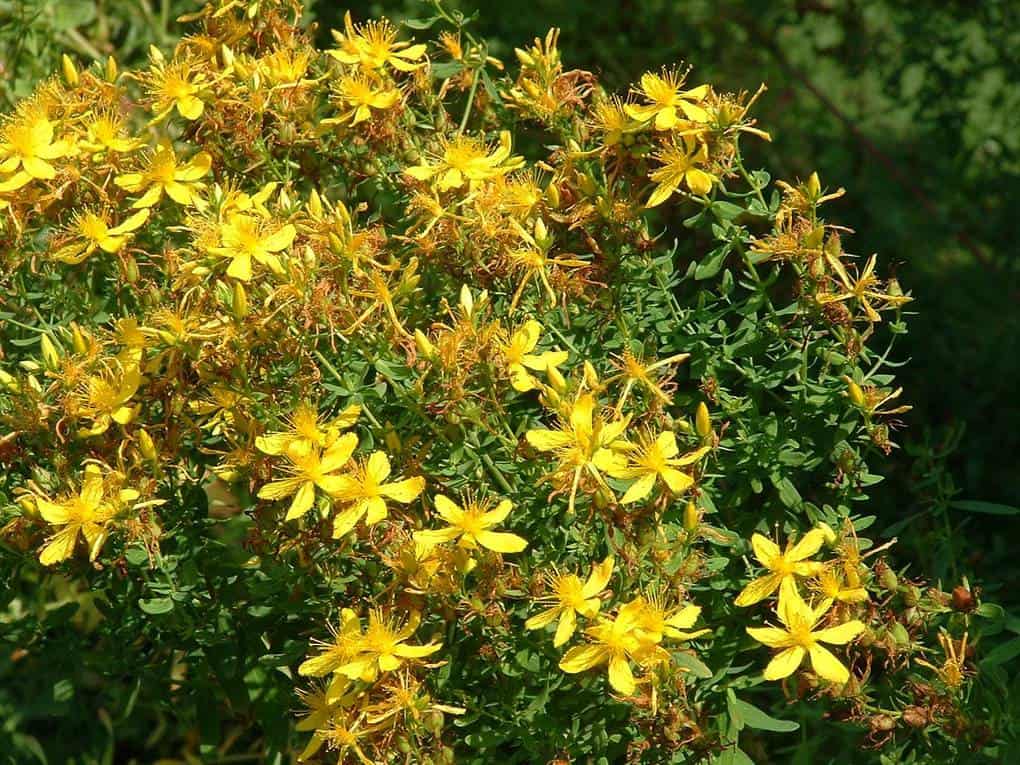

The plant is successfully used to treat ARVI, inflammatory processes in the oral cavity, diseases of the gastrointestinal tract, to eliminate depression.St. John's wort is also used for cosmetic purposes.
To get a healing tea, you need to brew five grams of the plant with a glass of boiling water. Withstand the composition for 7-10 minutes, then strain to sweeten the drink, you can add a teaspoon of honey.
Watering and air humidity
Drying out of the substrate in which the decorative tea is grown is inadmissible. Watering the plants is carried out as the top layer of the soil dries up. You will have to refrain from abundant watering; they should be replaced with more frequent, but moderate ones. If you overdo it with soil moisture, the plant will slow down its growth. Stagnant water can also cause root rot. If we talk about drought, then it is not so insidious, but it is advisable not to allow it, because it can negatively affect the quality of the leaves and lead to their falling off.
During the formation of buds and flowering, watering should be reduced, but at the same time you will have to make sure that the soil does not dry out. Caring for an ornamental plant involves loosening the soil. It is necessary to carry out such a manipulation after every fifth watering. The top layer of the substrate must be fluffed so as not to touch the roots. As for the humidity of the air, it is extremely important for the plant. Do not place pots near heating devices, air conditioners. Tea feels good indoors, where the air humidity ranges from 65-75%.
Blackberry leaf
Blackberry is a plant with thorny creeping shoots, which often form impassable thickets in the garden. Excessive prickly makes it difficult to pick sweet and sour blackberries, which are rich in vitamins, folic acid, magnesium and manganese.
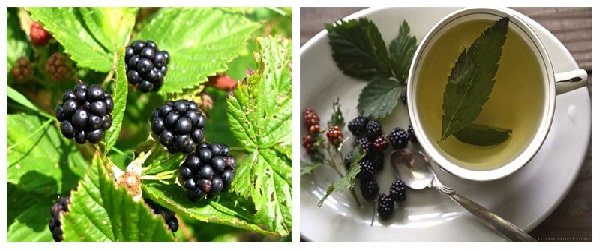

The leaves of this useful plant also have a composition rich in useful substances. Blackberry leaf tea is known for its positive effects on the human body:
- cleanses the blood from toxins;
- protects against infections;
- protects against the influence of free radicals;
- lowers blood pressure;
- improves overall well-being;
- normalizes sleep.
The medicinal plants discussed above can be brewed as a standalone drink, or mixed with other berries, herbs and spices.
Top dressing and composition of fertilizers
Fertilization is a guarantee that the soil does not lose its nutritional properties. You need to feed the plants all year round. The exception is the wintering period.
Fertilization is a guarantee that the soil does not lose its nutritional properties
It is best to apply top dressing once every 14-20 days in spring and summer and once every 20-25 days in winter. Indoor tea responds well to nitrogen and phosphorus fertilizers. It is necessary to feed the plant with such a recharge at a young age. After 4 years, they will need balanced fertilizers. For tea, you can use universal fertilizers or camellia preparations. Good results are given by organic fertilizers and formulations that include natural ingredients.
How to harvest
Harvest the first crop after 24-36 months. Gently tear off the leaves from the upper branches - they contain the most essential oils and nutrients. You should not prepare tea right away, it is better to dry it and let it reveal its entire flavor bouquet.
For the first 3-5 years, plants each year need to be transplanted into pots slightly larger than the previous ones. Then transplants are carried out once every 2-3 years. In this case, it is important not to deepen the root collar.
In summer, it is recommended to expose the plants to the balcony or garden. On a hot afternoon, they are shaded with gauze. In winter, they are kept on an unheated glazed loggia or on a veranda at a temperature of 12-15 °. I just move my trees closer to the windows and shield them from the batteries with foil screens. I do not carry out top dressing until spring, I reduce watering. Seedlings bloom at the age of 1.5-2 years.
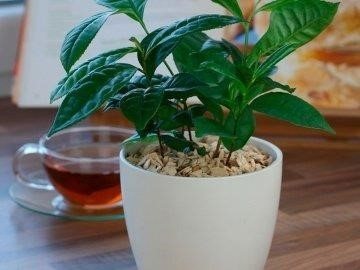

Pruning, shaping and harvesting
It will be possible to be content with a generous harvest only if the plant is properly pruned. This procedure also allows you to preserve the decorative qualities of the bush.
The purpose of pruning is to provide support for the skeletal base of the plant, to promote wider growth and form a dense crown.
It is necessary to resort to regular pruning after the plant is 2 years old or it reaches a height of at least 30 cm.This procedure should also be carried out when the task is to remove the upper part of the central shoot in order to provoke the growth of lateral branches. In this case, cut to a level of 10-15 cm.
Pruning should be done once every 12 months. The exception is standard plants and bonsai, which need additional formation during active growth.
It is best to carry out the procedure at the same time as the transplant. This period falls between November and February.
There will be no difficulties with pruning a bush:
- For normal containment, the plant is pruned 6-7 cm each year.
- If the goal is to create compact wide bushes or maintain a certain shape, all main branches will have to be cut to a level of 30-35 cm. Thus, it will be possible to create a permanent skeletal base.
- To form a tea tree into bonsai, the pruning should be done along the desired contours. You need to leave all branches, the length of which is at least 15 cm.
All diseased and damaged shoots should be removed every year. You can harvest the grown bushes after their age is 4 years. It is advisable to harvest leaves from late spring to late summer. The tops of the five-leafed shoots must be cut or plucked.
To make green tea, the leaves will need to be steam treated. Then they need to be cooled, dried and rolled up.
With black tea, things are a little different. Leaves must be dried within 5-18 hours. To do this, they need to be spread out in a thin layer in the shade and wait until they become soft.
The dried leaves should be rolled into tubes between the palms until a white foam forms. Then they must be fermented at a temperature of 20-23 degrees. To do this, cover them with a damp towel and leave for 4-5 hours. During this time, a characteristic tea aroma should appear, the leaves themselves will acquire a red-copper hue. After fermentation is complete, the leaves need to be sent to dry in the bright sun or in the oven.
People from all over the world are crazy about tea. But such an exotic guest is not able to grow in every place, and is very picky about the temperature regime. But, despite this, many summer residents of our country dream of having such a neat bush on their site.
How to choose seeds
The main problem faced by everyone who wants to grow tea at home is the low germination rate. This feature is not associated with defective goods or improper collection of seeds. Therefore, in order to get a sufficient number of shoots, you need to plant not one, but several packs.
Therefore, it not only gives fragrant leaves for a drink, but also blooms very nicely. At the end of September, white corollas up to 4 cm in diameter bloom on tea bushes with large bright yellow anthers, exuding a delicate refreshing aroma.
By winter, the fruits ripen - round, tricuspid, dark green boxes with round, up to 1.5 cm, brown seeds inside. When planted fresh, these seeds will germinate easily. However, as soon as they lie down for a couple of months, their germination rate drops sharply. Therefore, rarely does anyone manage to grow a tea tree from seeds bought in a store. It is better to buy a seedling right away.
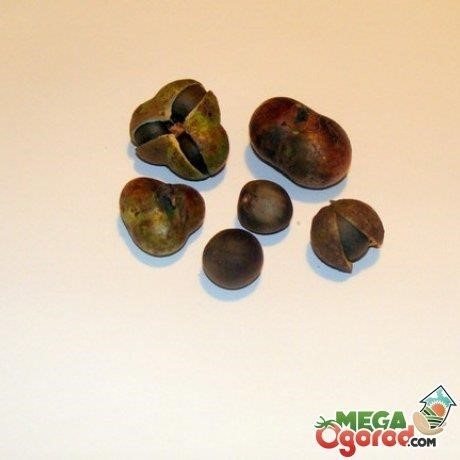

The best climate for tea
By nature, he needs a very humid and warm climate, such is present on the shores of the oceans, seas, in the tropics and on the southern islands of Asia.Everyone knows the main manufacturers of this product: China, India, Ceylon and a little less Japan. In Soviet times, tea from the territory of Georgia became very widespread. All who decided to seriously understand the art of tea at once, note that the taste and aroma is very much dependent on the habitat of the bush. Indeed, each continent and hemisphere has its own phases of the sun and moon, dry and humid periods, the purity of the air from chemical impurities. And after harvesting, the leaf harvesting and drying technologies have a direct impact on the final result. Proceeding from this, leading experts declare that it is impossible to grow it at home in unsuitable natural conditions.
This does not stop the spread of tea to the apartments of residents of megalopolises, where it grows as a neat accessory on the windowsill. The goals of the people who bought and grow it in such conditions are very different. Many people find it useful to find a tree in an apartment itself to purify the air. Others consider it to be just a beautiful interior decoration, while others drink their own grown drink.
Efficiency and application
In Russia, herbal teas were popular until the end of the 18th century, when Chinese long tea was imported here. For centuries, people have independently prepared and drank daily warming, medicinal and pain relieving drinks, the recipes of which were kept in every family.
Conventionally, drinks made from plants, flowers, fruits, roots can be divided into two types:
- medicinal tea;
- herbal teas for every day.
In the first case, we mean herbal preparations from several types of raw materials, designed to solve existing health problems. The so-called aromatic herbs are suitable for use every day, which do not have a systemic effect on the problem and have mild medicinal properties. These include drinks with oregano, mint, lemon balm, sweet clover and other aromatic plants or flowers.
Medicinal tea is drunk on the recommendation of a doctor, in courses in a certain dosage. As the beneficial components of the drink accumulate over time, their effectiveness increases with each new cup. When treating in this way, mandatory breaks between courses should be arranged.
If the problem is mild, a herbal drink can help alleviate the problem. For more serious diseases, beverages from medicinal plants are used as an additional tool for drug treatment.
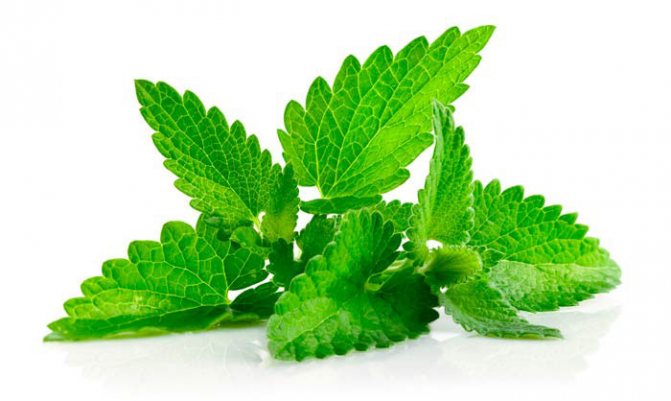

Peppermint is most commonly used to flavor tea
The most popular Russian herbal tea is ivan tea, or fireweed. For the first time they began to procure it in the town of Kaporye, which is not far from St. Petersburg. This immune-strengthening, tonic and aromatic drink has been supplied to Great Britain for a long time and was one of the important export goods of the Russian state.
Today, the traditions of making and using fireweed are renewed and many lovers are independently engaged in its preparation, fermentation and drying. Tea is harvested during the flowering period. Both leaves and blossoming flowers are collected.
Self-cultivation of tea
When propagating, either pieces of roots or tree seeds are used. An optimal and high-quality result is obtained by the seed method, but the time costs in this case are much higher.
Winter is a good season for planting. The seed, in our case the seeds, must be placed in a container with water for up to three days. If, over time, some seeds remain on the surface of the water, this means that they will never germinate. Some advise to slightly break the integrity of the outer hard shell of the seed to facilitate the task of the sprout. Try it at your own risk.
The starting place for planting will serve as a pot of medium-sized soil. It is imperative to arrange drainage at the bottom of the pot so that the roots do not rot from residual moisture. Then the earth is filled up.The depth of planting seeds should be no more than 4 cm from the surface, several seeds are placed in the pot at once. The main task at the initial stage is to maintain a constant level of moisture in the earthen ball in the pot. Normal room temperature is absolutely sufficient for seed germination. It will take about three months for the seeds to break through to the surface, so be patient. It is almost impossible to save the very first shoots, they quickly die. Their main task is to create a root system in the soil, which can then give rise to shoots that are resistant to the external environment. In no case should you stop watering.
In the first year of life, the height of the shoots will be 20 to 30 centimeters. After a year and a half, the first flowering is already possible. For transplantation, the bush will be ready only by 3 years. Choose a large container to give the tree room to grow. Then you can try to brew the topmost sheets, but it is better to wait and let the plant finally harden in unfamiliar conditions.
On hot summer days, the tree will feel great outdoors, which will have a positive effect on its condition. Shoot growth is always chaotic, which spoils the overall appearance of the plant, but it tolerates pruning quite calmly and this makes it possible to form the shape of the crown to your taste. Fertilizers for such an exotic guest are excellent fertilizers for home flowers and diluted manure. The main plus of the sprouts is that they are not afraid of any pest, so there will be no problems with soreness.
As a child, I was always embarrassed why my grandfather did not drink store tea "like all people", but always brews tea on herbs or branches. Years passed and now we ourselves "sat down" on these herbal teas, and their smell now reminds me of my childhood in the village every time.
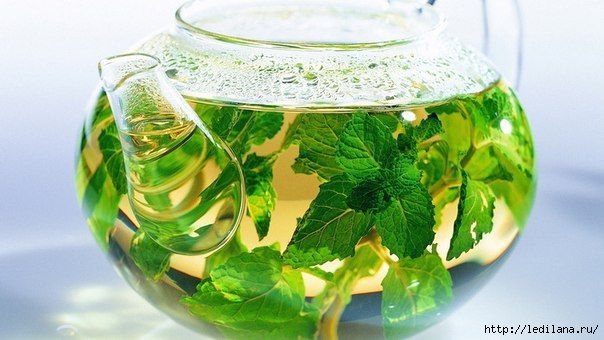

Let's take a look at which herbs and plants are good for making tea and what are the benefits of them. Tea herbs are those herbs that taste good when brewed. The plant can use leaves, twigs, buds, flowers, and in some species - roots. Some plants only reveal their taste when the leaves are fermented, and when dried or raw, they have a pale and herbaceous taste, such are the leaves of strawberries and strawberries. Or their taste is weak without fermentation, like maple leaves. Plants such as willow tea can be fermented, or dried top leaves and flowers can be brewed. During fermentation, the taste changes to a richer one, with coffee-chicory notes. Fermented Ivan tea is one of the richest in taste tea drinks. The brewing of oak bark or alder cones can be compared with it in color density and bright taste, but this medicinal raw material is drunk not as tea, but as a remedy. The meadowsweet has a very bright taste and aroma. However, it is so fragrant that not everyone can drink tea only from its flowers, because its taste is bright, even cloying. But it is very good as an addition to other herbs, imparting a honey flavor to the tea setting. Cherry leaves are good as a standalone tea and with additives. They have a sweet, slightly tart taste. But when used without the addition of other herbs, there is a slight hint of herbal flavor that not everyone likes. Therefore, cherry (and sweet cherry) leaves can be combined with oak and maple leaves. Currants, mint, lemon balm, sage, raspberries, chamomile - these are the queens (and kings) of herbal teas in terms of deliciousness, vitamins, benefits, aroma. These herbs can be drunk fresh, dried and fermented. Among forest plants, the main tea plants are blueberries, heather, and lingonberries. Blueberries and heather make excellent, delicate, sweetish, fragrant teas. Lingonberry gives sourness to the tea infusion. And the pharmacy lingonberry is generally sour-bitter, perhaps because it is harvested together with bearberry, which is of the same family and similar properties, but gives the tea bitterness.If you want to make the most delicious herbal healthy tea, then you need to collect it yourself. Or buy (accept as a gift) from good people who treat herbs with care, with love, as with our smaller brothers / sisters. When collecting herbs, it is important not to offend the grass, talk to it, ask to share some of its leaves, and never pluck it completely. When you go to collect herbs not on your personal plot, but in the field or in the forest, you still need to greet the spirits of that place and ask for permission to collect. Both the spirits of the forest / field and herbs love affection. Grasses and trees can be stroked, songs and prayers can be sung to them. And it becomes so joyful in the soul with this communication, and the plants reciprocate. It is good when there is a place where the plants and spirits that protect them are familiar with the herbal gatherer and are happy with his arrival. List of tea herbs (leaves, flowers) 1. Ivan tea (fireweed). 2. Meadowsweet (meadowsweet). 3. Currants. 4. Raspberries. 5. Blueberries. 6. Lingonberry. 7. Mint. 8. Melissa. 9. Cattleman. 10. Lamb. 11. Linden. 12. Cherry (sweet cherry). 13. Strawberries (strawberries). 14. Oak. 15. Maple. 16. Blackberries. 17. Rosehip. 18. Sage. 19. St. John's wort. 20. Nettle. 21. Thyme. 22. Chamomile. 23. Clover. 24. Badan. 25. Schisandra. 26. Jasmine. 27. Hyssop. 28. Oregano. 29. Lavender. 30. Pear. 31. Heather. 32. Snakehead. 33. Fennel. 34. Tarragon. 35. Nut
Planting a tea bush in the ground in the country
This opportunity is present for all residents of our country, regardless of the climatic zone in which they live. The original Ceylon and other famous varieties will certainly not grow in this climate, but there are some very decent alternative plants. According to their preferences, anyone can choose herbs that will serve as an excellent basis for a healthy collection. Do not forget about Kuril tea, which has excellent properties of an ornamental plant. Its second name is shrub cinquefoil. The color scheme includes shades of orange, peach, pink and white. And as a healthy and tasty drink, from time immemorial, all the peoples of the north revered it. Such a choice will allow you to grow the desired drink in the country without any problems, and the result will be a delicious and healthy collection for the whole family.
Do you like to drink tea? Did you know that you can grow tea yourself, at home? Home grown tea tastes great and has great benefits for the body. Homemade tea is most successfully grown in the south, but it will grow no worse on the windowsill if it is properly cared for.
Where to get tea seeds, how they look in the photo
The easiest way to grow tea is to buy seeds. Alas, you cannot find them in every specialized store, so almost the only way to get planting material is to order it on the Internet.
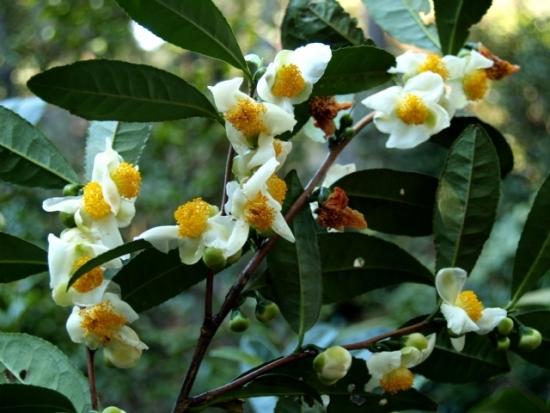

However, it is important to consider the risk of running into scammers. Therefore, when choosing a site for ordering, you should give preference to highly rated ones.
It is quite easy to recognize the seeds in the photo: brownish nuts with four or five seeds inside. If there is an opportunity to purchase them not online, but in a store, you should pay special attention to the appearance of the seeds.
So, smooth brown seeds, without external damage or traces of disease, are best suited.
If the seeds look dull, point marks of mechanical damage, or other flaws are noticeable on them, do not risk it. Such material does not guarantee even a minimum percentage of similarity.
Ordering seeds online can be dangerous as there is a risk of wasting money by contacting scammers. But in some cases, this is the only way to get planting material.
Details of growing tea from seeds - n video:
How to properly plant tea at home?
- Tea is planted with seeds
... The best time to plant this plant is in winter. - Take tea seeds and soak them in water for three days.At the end of this period, discard all those seeds that have surfaced. They won't come up.
- Take a medium-sized pot. Pour drainage at its very bottom. This is a prerequisite for planting tea
... Sprinkle earth on top of the drain and sow a few seeds to a depth of about three and a half to four centimeters.
- Do not forget to water the plant regularly, the soil in the pot should always be moist. The optimum temperature for seed germination is room temperature. It is best to place the pot of tea on a windowsill.
- At the time of buying soil for growing homemade tea
, choose sour. A mixture of coniferous soil and top peat is best. If you have not found such soil on sale, purchase
soil for azaleas
.
Combination of herbs for tea
Some of the best herbal combinations for tea are:
- John's wort, linden flowers, mint leaves, hawthorn fruits or flowers, catnip or lemon balm are taken in equal quantities. This tea has a sedative effect.
- The drink is made from thyme, linden flowers (1 part) and black elderberry (2 parts). Has a pleasant, rich taste, reduces pain in the back, neuralgia.
- Tea is prepared from a mixture of blackberry, nettle, raspberry, strawberry leaves and apple skin (in equal proportions). The drink is rich in vitamins, helps digestion.
- In equal proportions, the fruits of black currant, rose hips, mountain ash, nettle leaf are used. Vitamin drink helps with arthritis, rheumatic, gouty pains.
- The fruits of black currant, rose hips, dried carrot root, nettle leaf are mixed in equal proportions. This is a real storehouse of vitamins and other useful substances.
- For this drink, you will need 3 parts of badan leaves, 1 part each of oregano herb, raspberry leaves, black currant. It has a tonic effect.
- You will need mint leaves, thyme, chamomile - in equal quantities. The drink has a rich aroma, improves food digestion, eliminates bloating, and soothes.
- In the same parts, they take chamomile flowers, thyme, yarrow, catnip or lemon balm leaves. Fragrant tea increases the overall tone of the body, strengthens the immune system.
- The drink is brewed from blackberry, raspberry, blackcurrant leaves and white acacia flowers (in equal proportions). The result is an unusually tasty tea that regulates metabolism and purifies the blood.
- You will need 1 part of leaves of berserk, chamomile, thyme, 2 parts each - St. John's wort, mint and sage leaves. This drink helps with ulcers, gastritis.
Room tea care
- Don't worry if your tea does not germinate for a long time
... You will most likely see the first shoots three months after sowing. Moreover, they will almost certainly die. But do not despair and throw away the plant. He has a living root system that will give new seedlings that will not die. - In the first year of my life, homemade tea
will grow to about twenty-five centimeters. And at a year and a half, your plant will most likely begin to bloom. After the flowering period has passed, small fruits will appear on the plant. - When homemade tea
turns three, transplant it into a larger pot. - In the summer, put the pot of tea on the balcony, fresh air.
- Do not allow your homemade tea to grow too high. Prune long stems from time to time.
- Required feed homemade tea
... As a top dressing, a standard fertilizer for home flowers is suitable. - Water the plant
follows in the evenings. Every fifth watering, be sure to loosen the soil in the pot. - When the temperature outside drops to +15 degrees, the pot of room tea should be brought indoors and placed on the windowsill.
- Occasionally spray room tea
plain water.
The benefits of tea and contraindications for drinking
Tea is very useful for the body, and this is another reason to grow a bush with this beautiful plant on your windowsill. Green tea is considered healthier than black tea. However, black also has a sufficient number of useful properties.
A typical cup of aromatic tea has the following properties:
- Is the prevention of cancer.
- It is an excellent immunomodulator.
- It is able to lower cholesterol levels due to the presence of polyphenols.
- Tones up the body and helps to fight extra pounds, thanks to alkaloids.
- Possesses antimicrobial properties due to tannins in the drink.
The tea bush is not only a benefit, but also a beauty, as it blooms with very cute white flowers for most of the fall. In indoor conditions, the growth of this evergreen shrub will not exceed 50 cm. Tea is a light-loving culture, but a light shade will not harm the plant in any way. At home, in winter, a tea bush needs a cool temperature, in summer it will be quite satisfied with 18-25 °. In winter, watering is very moderate, in summer it is plentiful, and also regular spraying. In the summer, he will gladly move to the balcony - the fresh air will do him good.
For greater benefits, you can add various herbs to the tea, which will only enhance the medicinal properties of the drink.
Despite a lot of useful properties, tea has some contraindications. For some people, tea consumption should be reduced or eliminated:
- If there is an ulcer. Tea increases acidity, thereby interfering with healing.
- In the presence of severe forms of hypertension and atherosclerosis. In this case, the use of strong tea is prohibited, since caffeine contributes to the narrowing of blood vessels and the formation of blood clots in them.
- If you have insomnia. The caffeine content in tea will be a poor helper for a person who finds it extremely difficult to fall asleep.
To grow a tea bush, you need acidic soil, not loose, but nutritious. You can use ready-made soil for azaleas.
When the seedlings are up to 20 cm long, I advise you to prune them to a height of 10 cm from the soil for better tillering. And in general, so that the bush does not grow too much, it should be cut by 5-6 cm annually in the fall.
If you form it so that the crown is both compact and wide, then the yield of tea leaves will be much larger.
When buying seeds, pay attention to their appearance: the tea seeds should be brown and without any damage. You can start planting at the end of February, after soaking the seeds in water for three days. Seeds that float to the surface are discarded.
Growing tea at home is a very interesting experience. After all, growing tea will not be difficult, while it will become the real pride of any gardener.
More information can be found in the video:

